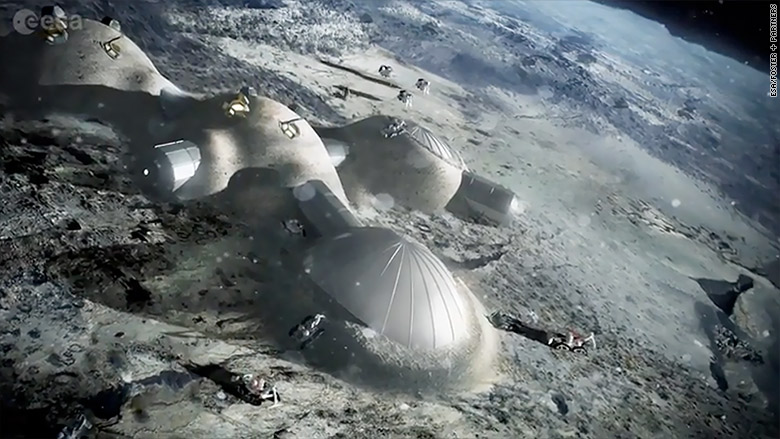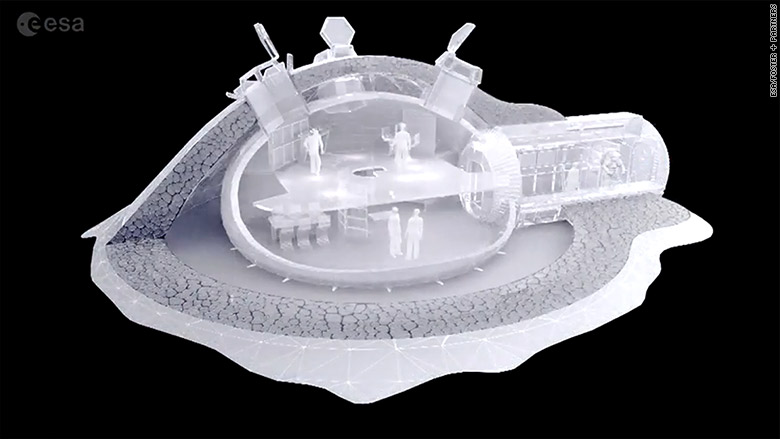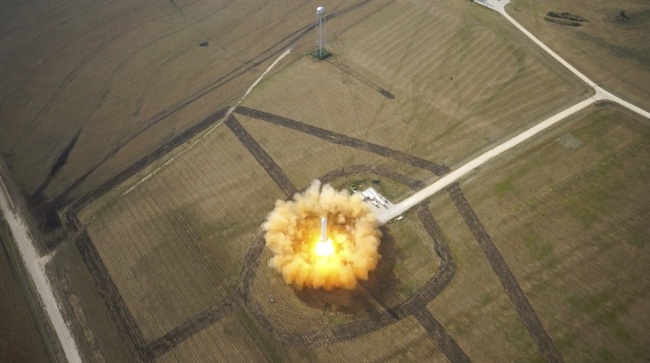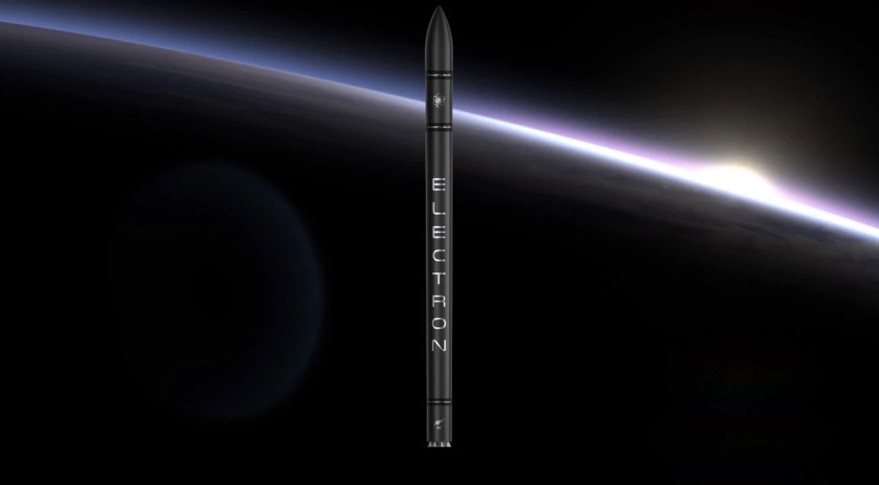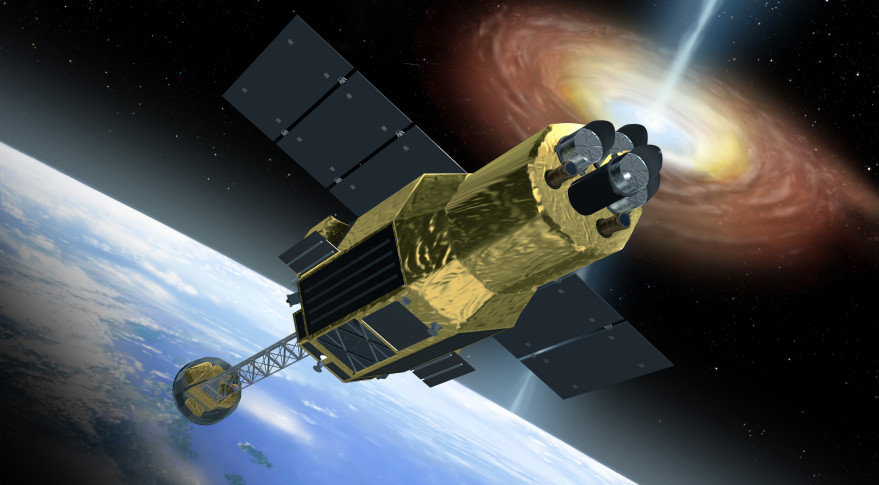TerraN_EmpirE
Tyrant King
For those not up to speed the US is looking at three future Capsules and a mini Shuttle to fill it's mission needs in the future.Starliner Performs Well in Airbag Testing
Posted on February 17, 2016 at 5:54 pm by Stephanie Martin.
Leave a reply
NASA Admisistrator Charles Bolden recieves a briefing about the CLARREO System Dave Johnson, Bruce Wielicki and Yolanda Sheain in building 1202 at Langley Research Center. 02/09/2016
The Boeing CST-100 Starliner airbag system, which will provide a safe landing for the spacecraft during any phase of flight, was put to the test over the 20-foot-deep Hydro Impact Basin at NASA’s Langley Research Center in Hampton, Virginia, on Feb. 9. The Starliner is one of two commercial spacecraft in development to launch astronauts from the U.S. to the International Space Station via NASA’s Commercial Crew Program.
Six landing airbags, designed and manufactured by ILC Dover in Frederica, Delaware, were inflated before the full-size Starliner test article was hoisted up by a crane and then dropped from a height and angle that mimicked what the spacecraft might encounter as it pushes off an Atlas V rocket during a launch or ascent emergency. The goal for Boeing’s landing and recovery team is to achieve flight qualification status of the Starliner’s airbag and up-righting systems through a series of tests at Langley’s Hydro Impact Basin.
While the Starliner is designed for land-based returns, it is important for engineers to understand how the spacecraft and its systems would perform in all landing scenarios.
The SLS Orion which is a carry over of the Aborted Constellation program is a Official Nasa custom build contracted through Lockheed Martin with the ESA contracted for the Service module. Which had a early demonstrator fly but will not fly again until December 2018 and not have it's first manned flight until 2021.
The SpaceX Dragon Which already ( in V1) flies cargo to ISS will have a manned version (V2) operating with first V2 flight in December with a manned flight some time in April 2017.
The Serra Nevada Dream Chaser which is currently being looked at for Unmanned but could jump back to manned.
and the Boeing CST 100 Starliner, which is planned for a April 2017 launch unmanned and a December 2017 manned flight.
All of these capsules and mini shuttles are designed at a larger scale then the Apollo CM, Each uses Fly by wire control interfaces and includes autonomous docking systems, and with the exception of Orion which maxes out at six yet has the largest diameter of the capsules all have provisions for a 7 man crew.

